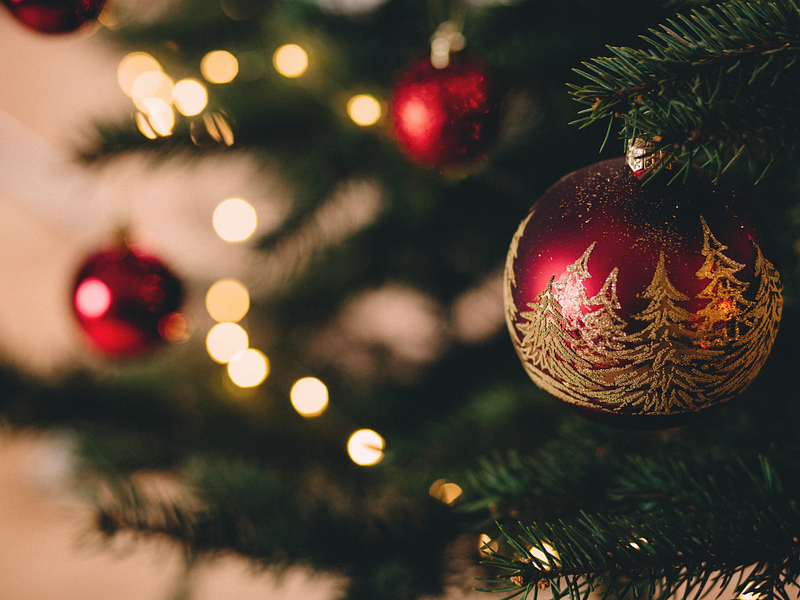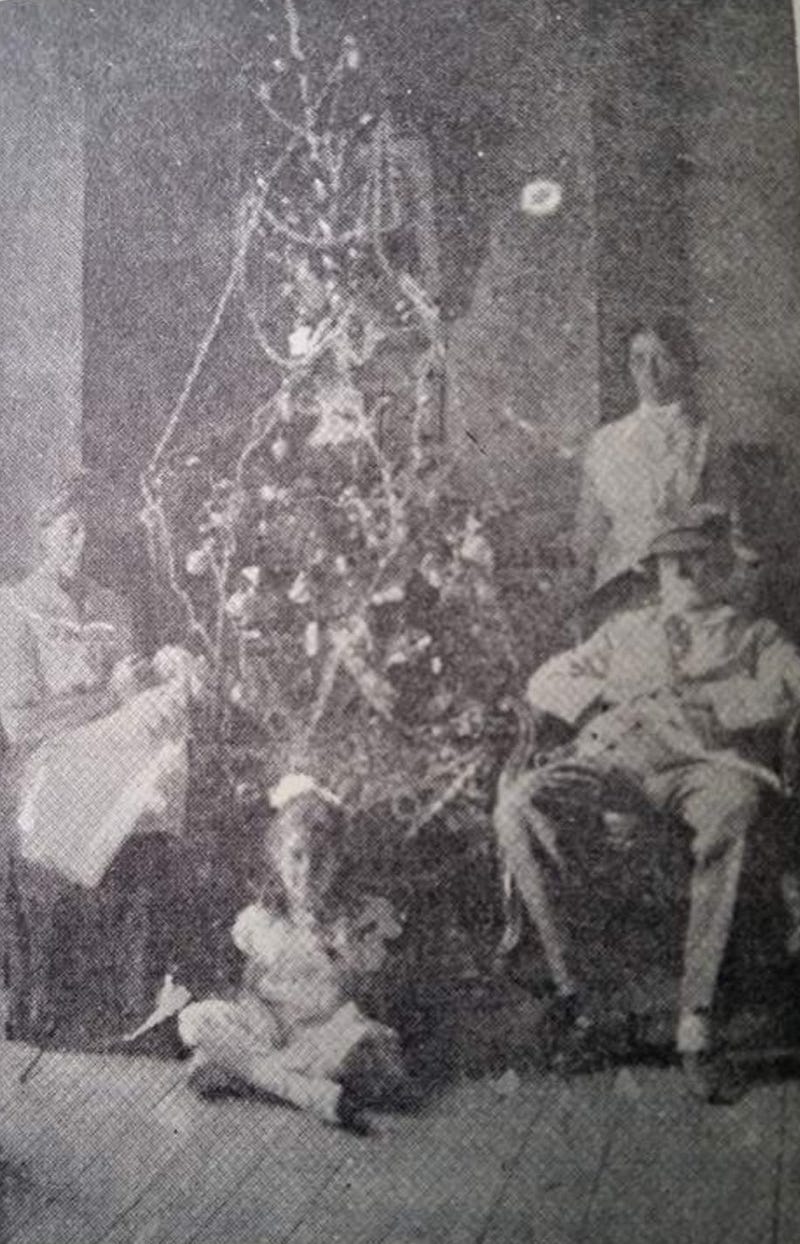The Cultural Legacy of Agustín Stahl and the Christmas Tree
Written on
Chapter 1: The Roots of the Christmas Tree Tradition
Throughout history, numerous civilizations have incorporated evergreen plants into their Winter Solstice celebrations. Cultures such as the ancient Egyptians and Celts were known to do this. However, the custom of decorating a Christmas tree is thought to have originated in western Germany during the 15th and 16th centuries. This tradition gradually made its way to North America and Europe in the early 1800s, particularly in regions with significant German immigrant populations.

Chapter 1.1: Agustín Stahl’s Introduction of the Tradition
According to Dr. Pedro Acevedo-Rodríguez, a research botanist at the Smithsonian National Museum of Natural History, Agustín Stahl was the pioneer who decorated a Christmas tree in Puerto Rico. Born in Aguadilla, Puerto Rico, to German and Dutch parents, Stahl was well-versed in this tradition. Dr. Acevedo noted, “In 1865, upon returning from Germany, Puerto Rican scientist Agustín Stahl settled in Bayamón and adorned a tree in his backyard.” (Acevedo, 2015)
Stahl was not only a key figure in Puerto Rico's natural history but also a dedicated botanist and researcher. He devoted many years to illustrating various specimens found throughout the island and raising awareness about botany among the populace. He authored the first comprehensive book on Puerto Rican flora, titled “Estudios sobre la Flora de Puerto Rico” (“Studies about the Flora of Puerto Rico”), published in six volumes between 1883 and 1888.
Section 1.1.1: Contributions to Puerto Rican Culture

Stahl was a staunch advocate for Puerto Rico’s independence from Spain, and his botanical studies significantly contributed to placing the island's flora on the global map. His writings, originally in Spanish, made the information accessible to the local population, fostering a sense of cultural pride and identity.
Section 1.2: The Artistic Legacy of Agustín Stahl
Stahl also created over 600 watercolor illustrations of plant species. Unfortunately, these were not published during his lifetime due to the high costs associated with color printing. Fortunately, in 2015, the text was reprinted along with digitally restored versions of his stunning botanical watercolors, thanks to the dedicated effort of Dr. Pedro Acevedo Rodríguez.
Interestingly, Stahl cultivated a collection of over 1,000 plants, including the Gesneria pedunculosa, commonly known as árbol de Navidad. However, this was not the tree he decorated. (Anderson, 2015) The tree he adorned more closely resembled the Randia aculeata, known as tintillo. This spiky tree became the traditional Christmas tree in Puerto Rico during the 1950s and 1960s. Families would decorate it with birthday candles, ribbons, glitter, and a delicate silver fiber called cabello de ángel (“angel hair”), which mimicked snow, drawing inspiration from U.S. customs.

As families gathered on Noche Buena (“Christmas Eve”) around the decorated tree, they would share a meal and express gratitude for their blessings, heralding the festive season.

Chapter 2: The Cultural Impact of Christmas Trees
In "The Very Recent Origins of the Christmas Tree," the video explores the roots of this beloved tradition and its evolution over time.
"Coming Home: The Journey of a Puerto Rican Scientist" highlights the significant contributions of Puerto Rican scientists, including Agustín Stahl, to both science and culture.